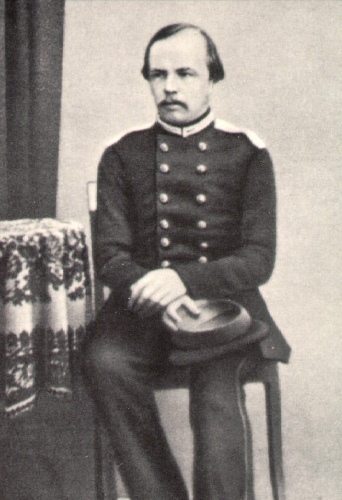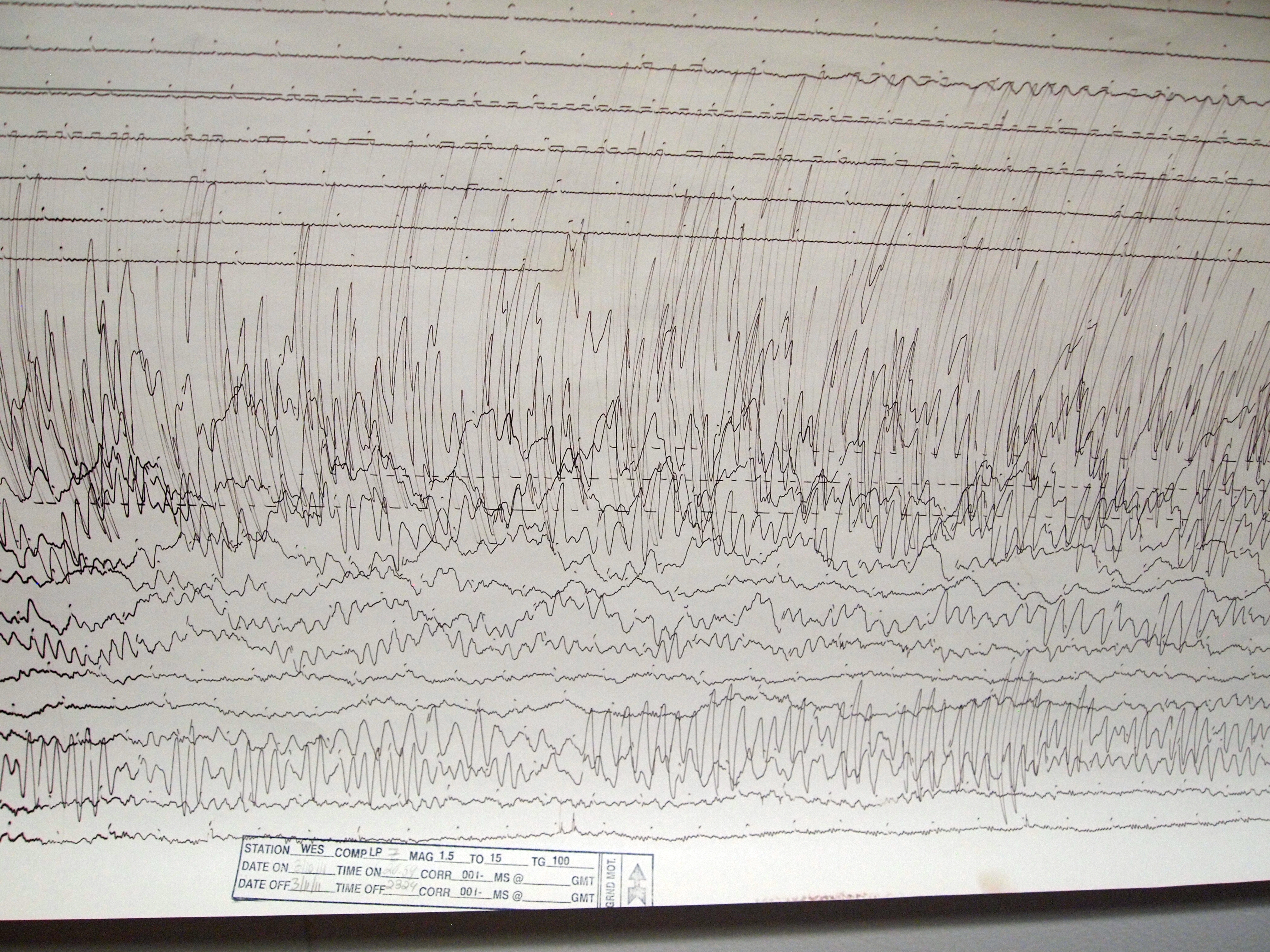|
Miri Yu
is a Zainichi Korean playwright, novelist, and essayist. Yu writes in Japanese, her native language, but is a citizen of South Korea. Early life Yu was born in Tsuchiura, Ibaraki Prefecture and grew up in Yokohama, Kanagawa Prefecture as one of four children born to Korean parents. Her father, a son of Korean immigrants, worked at a pachinko gambling parlor. Her mother, a refugee from the Korean War who fled to Japan from South Korea, worked as a hostess in a bar. Yu's father was often abusive, and eventually her parents divorced when Yu was a child. A frequent victim of bullying at school, and after several suicide attempts, she found refuge in literature after reading the literary works of Edgar Allan Poe, Fyodor Dostoyevsky, William Faulkner, and Truman Capote. Literary career After dropping out of the ''Yokohama Kyoritsu Gakuen'' high school, she joined the ''Tokyo Kid Brothers'' (東京キッドブラザース) theater troupe and worked as an actress and assistant directo ... [...More Info...] [...Related Items...] OR: [Wikipedia] [Google] [Baidu] |
Tsuchiura
is a Cities of Japan, city located in Ibaraki Prefecture, Japan. , the city had an estimated population of 138,033 in 60,069 households and a population density of 1123 persons per km2. The percentage of the population aged over 65 was 29.7%. The total area of the city is . About 3,000 residents are non-Japanese, a large proportion of which are Filipinos, Chinese, and Brazilians. Geography Located in southwestern Ibaraki Prefecture, Tsuchiura is situated along the western shores of Lake Kasumigaura, the List of lakes in Japan, second largest lake in Japan. The Tokyo metropolis lies about 60 km to the south, and Tsukuba science city borders Tsuchiura to the west. Surrounding municipalities Ibaraki Prefecture * Ushiku, Ibaraki, Ushiku * Tsukuba, Ibaraki, Tsukuba * Kasumigaura, Ibaraki, Kasumigaura * Ishioka, Ibaraki, Ishioka * Ami, Ibaraki, Ami Climate Tsuchiura has a Humid continental climate (Köppen ''Cfa'') characterized by warm summers and cool winters with light snowfa ... [...More Info...] [...Related Items...] OR: [Wikipedia] [Google] [Baidu] |
Fyodor Dostoyevsky
Fyodor Mikhailovich Dostoevsky (, ; rus, Фёдор Михайлович Достоевский, Fyódor Mikháylovich Dostoyévskiy, p=ˈfʲɵdər mʲɪˈxajləvʲɪdʑ dəstɐˈjefskʲɪj, a=ru-Dostoevsky.ogg, links=yes; 11 November 18219 February 1881), sometimes transliterated as Dostoyevsky, was a Russian novelist, short story writer, essayist and journalist. Dostoevsky's literary works explore the human condition in the troubled political, social, and spiritual atmospheres of 19th-century Russia, and engage with a variety of philosophical and religious themes. His most acclaimed novels include ''Crime and Punishment'' (1866), ''The Idiot'' (1869), ''Demons'' (1872), and ''The Brothers Karamazov'' (1880). His 1864 novella, ''Notes from Underground'', is considered to be one of the first works of existentialist literature. Numerous literary critics regard him as one of the greatest novelists in all of world literature, as many of his works are considered highly influen ... [...More Info...] [...Related Items...] OR: [Wikipedia] [Google] [Baidu] |
Edith Stein
Edith Stein (religious name Saint Teresia Benedicta a Cruce ; also known as Saint Teresa Benedicta of the Cross or Saint Edith Stein; 12 October 1891 – 9 August 1942) was a German Jewish philosopher who converted to Christianity and became a Discalced Carmelite nun. She is canonized as a martyr and saint of the Catholic Church; she is also one of six patron saints of Europe. She was born into an observant Jewish family, but had become an agnostic by her teenage years. Moved by the tragedies of World War I, in 1915, she took lessons to become a nursing assistant and worked in an infectious diseases hospital. After completing her doctoral thesis at the University of Freiburg in 1916, she obtained an assistantship there. From reading the life of the reformer of the Carmelite Order, Saint Teresa of Ávila, Edith Stein was drawn to the Christian faith. She was baptized on 1 January 1922 into the Catholic Church. At that point, she wanted to become a Discalced Carmelite nun b ... [...More Info...] [...Related Items...] OR: [Wikipedia] [Google] [Baidu] |
Jōban Line
The Jōban Line ( ja, 常磐線, ) is a railway line in Japan operated by the East Japan Railway Company (JR East). The line officially begins at Nippori Station in Arakawa, Tokyo before the line officially ends at Iwanuma Station in Iwanuma, Miyagi. However, following the opening of the Ueno–Tokyo Line, Jōban Line train services originate at or ; likewise, Jōban Line trains continue past Iwanuma onto the Tōhoku Main Line tracks to . The line approximately parallels the Pacific coasts of Chiba, Ibaraki, and Fukushima Prefectures. The name "Jōban" is derived from the names of the former provinces of Hitachi ( ja, 常陸, links=no), and Iwaki ( ja, 磐城, links=no), which are connected by the line to reach Tokyo. The section of the Jōban Line between and , which extends through the exclusion zone surrounding the Fukushima Daiichi nuclear meltdown, closed in the wake of the 2011 Tōhoku earthquake and tsunami and Fukushima Daiichi nuclear disaster. After some major re ... [...More Info...] [...Related Items...] OR: [Wikipedia] [Google] [Baidu] |
Yonomori Station
is a railway station in the town of Tomioka, Fukushima, Japan, operated by the East Japan Railway Company (JR East). Lines Yonomori Station is served by the Jōban Line, and is located 253.0 km from the official starting point of the line at Nippori Station. Station layout The station has one island platform with an elevated station building. The station is unattended. History Yonomori Station was opened on 15 March 1921. The station was absorbed into the JR East network upon the privatization of the Japanese National Railways (JNR) on 1 April 1987. The station was closed on March 11, 2011, following the Fukushima Daiichi nuclear disaster, and was reopened on December 18, 2019, after rebuilding. Surrounding area Yonomori is within the evacuation zone surrounding the Fukushima Daiichi Nuclear Power Plant The is a disabled nuclear power plant located on a site in the towns of Ōkuma and Futaba in Fukushima Prefecture, Japan. The plant suffered major damage fro ... [...More Info...] [...Related Items...] OR: [Wikipedia] [Google] [Baidu] |
Fukushima Prefecture
Fukushima Prefecture (; ja, 福島県, Fukushima-ken, ) is a prefecture of Japan located in the Tōhoku region of Honshu. Fukushima Prefecture has a population of 1,810,286 () and has a geographic area of . Fukushima Prefecture borders Miyagi Prefecture and Yamagata Prefecture to the north, Niigata Prefecture to the west, Gunma Prefecture to the southwest, and Tochigi Prefecture and Ibaraki Prefecture to the south. Fukushima is the capital and Iwaki is the largest city of Fukushima Prefecture, with other major cities including Kōriyama, Aizuwakamatsu, and Sukagawa. Fukushima Prefecture is located on Japan's eastern Pacific coast at the southernmost part of the Tōhoku region, and is home to Lake Inawashiro, the fourth-largest lake in Japan. Fukushima Prefecture is the third-largest prefecture of Japan (after Hokkaido and Iwate Prefecture) and divided by mountain ranges into the three regions of Aizu, Nakadōri, and Hamadōri. History Prehistory The keyhole-shaped Ōy ... [...More Info...] [...Related Items...] OR: [Wikipedia] [Google] [Baidu] |
Minamisōma
is a Cities of Japan, city located in Fukushima Prefecture, Japan. , the city had an estimated population of 53,462 in 26,355 households, and a population density of 130 persons per km². The total area of the city is . Geography Minamisōma is located in northeastern Fukushima Prefecture, bordered by the Pacific Ocean to the east and the Abukuma Plateau to the west. Neighboring municipalities *Fukushima Prefecture ** Sōma, Fukushima, Sōma ** Iitate, Fukushima, Iitate ** Namie, Fukushima, Namie Climate Minamisōma has a Humid subtropical climate, humid climate (Köppen climate classification ''Cfa''). The average annual temperature in Minamisōma is 12.4 °C. The average annual rainfall is 1285 mm with September as the wettest month. The temperatures are highest on average in August, at around 24.7 °C, and lowest in January, at around 1.7 °C. Demographics Per Japanese census data, the population of Minamisōma peaked in the 1950s. History The area of ... [...More Info...] [...Related Items...] OR: [Wikipedia] [Google] [Baidu] |
2011 Tōhoku Earthquake And Tsunami
The occurred at 14:46 JST (05:46 UTC) on 11 March. The magnitude 9.0–9.1 (M) undersea megathrust earthquake had an epicenter in the Pacific Ocean, east of the Oshika Peninsula of the Tōhoku region, and lasted approximately six minutes, causing a tsunami. It is sometimes known in Japan as the , among other names. The disaster is often referred to in both Japanese and English as simply 3.11 (read in Japanese). It was the most powerful earthquake ever recorded in Japan, and the fourth most powerful earthquake in the world since modern record-keeping began in 1900. The earthquake triggered powerful tsunami waves that may have reached heights of up to in Miyako in Tōhoku's Iwate Prefecture,Yomiuri Shimbun evening edition 2-11-04-15 page 15, nearby Aneyoshi fishery port (姉吉漁港)(Google map E39 31 57.8, N 142 3 7.6) 2011-04-15大震災の津波、宮古で38.9 m…明治三陸上回るby okayasu Akio (岡安 章夫) and which, in the Sendai area, traveled at a ... [...More Info...] [...Related Items...] OR: [Wikipedia] [Google] [Baidu] |
Literary Journal
A literary magazine is a periodical devoted to literature in a broad sense. Literary magazines usually publish short stories, poetry, and essays, along with literary criticism, book reviews, biographical profiles of authors, interviews and letters. Literary magazines are often called literary journals, or little magazines, terms intended to contrast them with larger, commercial magazines. History ''Nouvelles de la république des lettres'' is regarded as the first literary magazine; it was established by Pierre Bayle in France in 1684. Literary magazines became common in the early part of the 19th century, mirroring an overall rise in the number of books, magazines, and scholarly Academic journal, journals being published at that time. In Great Britain, critics Francis Jeffrey, Henry Brougham, 1st Baron Brougham and Vaux, Henry Brougham and Sydney Smith founded the ''Edinburgh Review'' in 1802. Other British reviews of this period included the ''Westminster Review'' (1824), ''The ... [...More Info...] [...Related Items...] OR: [Wikipedia] [Google] [Baidu] |
Inochi
is a 2002 Japanese movie directed by Shinohara Tetsuo starring Esumi Makiko and Etsushi Toyokawa. It is based on a memoir of the same title by the Korean-Japanese author Yu Miri. Plot summary Yu Miri (Esumi) is a writer who's just become pregnant by her married lover. When she decides to keep the baby without his help, her ex-boyfriend Yutaka (Toyokawa), now struggling with terminal cancer Cancer is a group of diseases involving abnormal cell growth with the potential to invade or spread to other parts of the body. These contrast with benign tumors, which do not spread. Possible signs and symptoms include a lump, abnormal b ..., decides to help raise him, pledging to "live long enough to hear him say my name." External links * 2002 films 2002 drama films 2000s Japanese-language films Films directed by Tetsuo Shinohara 2000s Japanese films {{2000s-Japan-film-stub ... [...More Info...] [...Related Items...] OR: [Wikipedia] [Google] [Baidu] |





